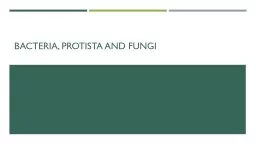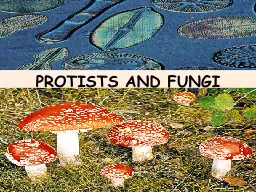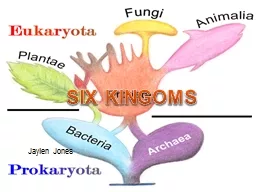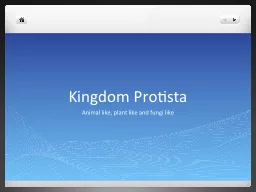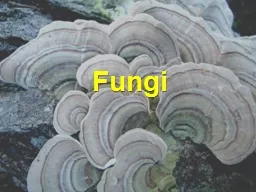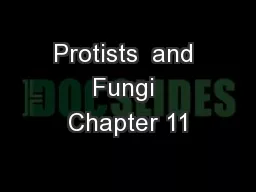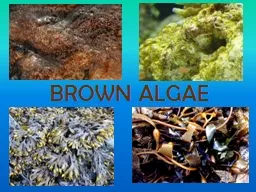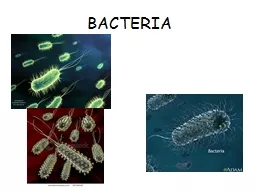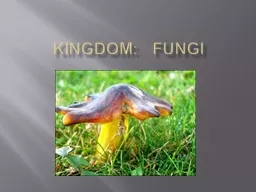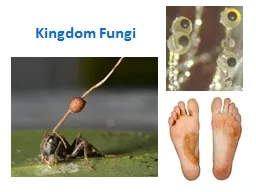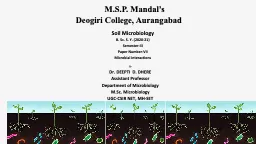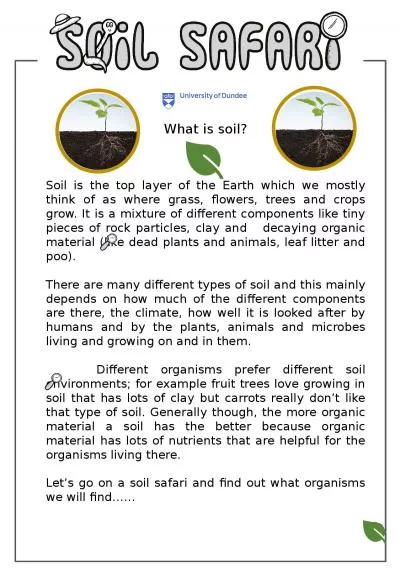PPT-Bacteria, Protista and fungi
Author : danika-pritchard | Published Date : 2020-04-04
prokaryotes Chapter 27 Prokaryote Life Can withstand harsh environments extremophiles Can move between aquatic and land environments easily Are small mostly single
Presentation Embed Code
Download Presentation
Download Presentation The PPT/PDF document " Bacteria, Protista and fungi" is the property of its rightful owner. Permission is granted to download and print the materials on this website for personal, non-commercial use only, and to display it on your personal computer provided you do not modify the materials and that you retain all copyright notices contained in the materials. By downloading content from our website, you accept the terms of this agreement.
Bacteria, Protista and fungi: Transcript
Download Rules Of Document
" Bacteria, Protista and fungi"The content belongs to its owner. You may download and print it for personal use, without modification, and keep all copyright notices. By downloading, you agree to these terms.
Related Documents

